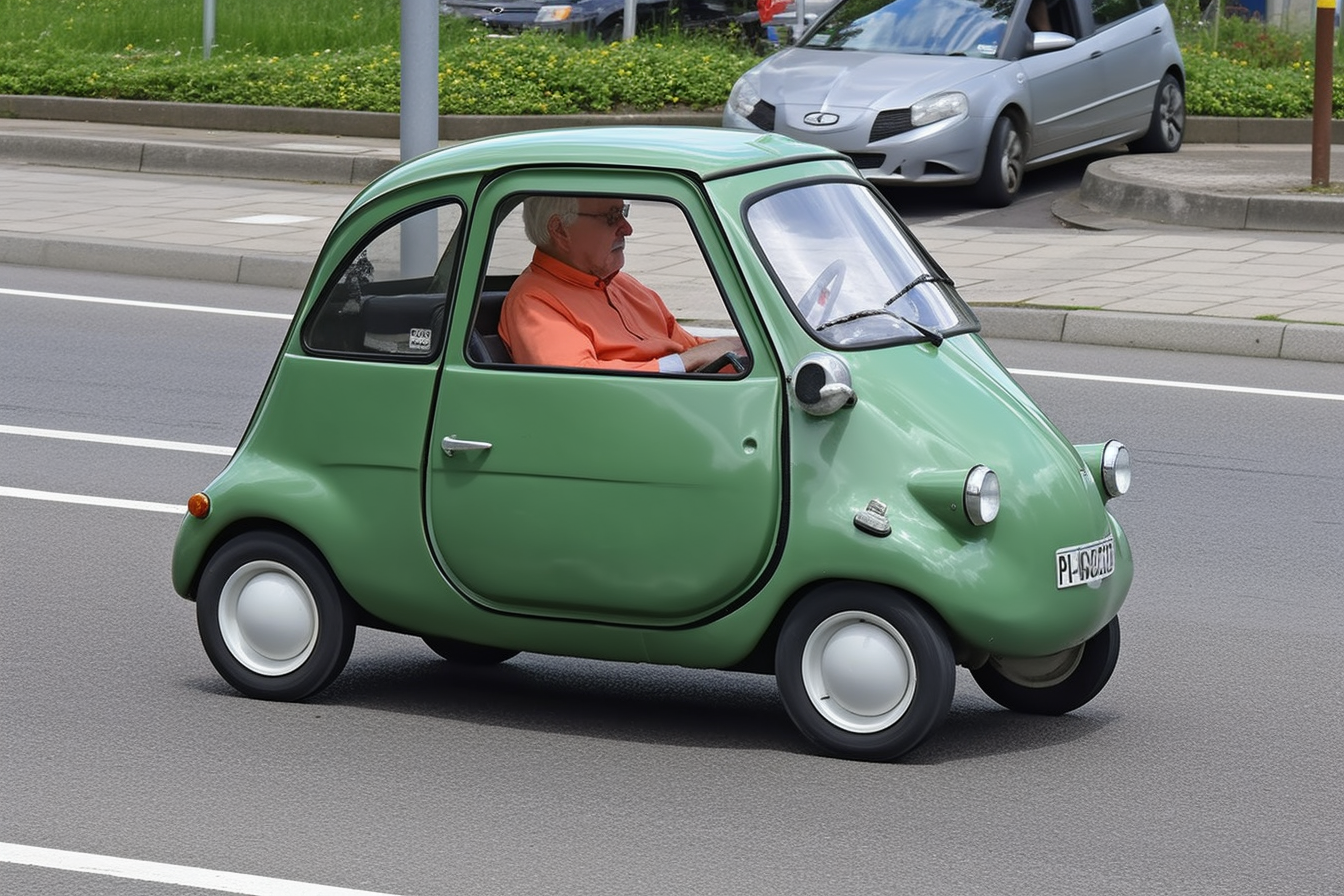The Resurgence of Rotary Engines: An Unconventional Powerhouse
In the annals of automotive engineering, few concepts have sparked as much intrigue, debate, and admiration as the rotary engine. From a historical standpoint, the rotary engine's journey has been a rocky one, with periods of glory and innovation marred by challenges and controversy. This article delves into the fascinating world of rotary engines, their current resurgence in the automotive industry, and what this means for the future of car manufacturing.

The Enigmatic History of Rotary Engines
The rotary engine was first conceived in the early 20th century by German engineer Felix Wankel, who sought an alternative to the conventional piston engine. Despite its promising performance and compact design, the Wankel rotary engine’s commercial success was hampered by issues related to fuel efficiency, emissions, and reliability. However, this didn’t deter Mazda, a Japanese automaker, from adopting the technology and becoming the only manufacturer to achieve significant success with rotary engines, notably with their iconic RX series.
The Modern Revival of Rotary Engines
In recent years, the rotary engine has been making a comeback, with Mazda announcing plans for a rotary engine-based range extender for their hybrid electric vehicles. Although this isn’t a full-fledged return to rotary power, it signals renewed interest and faith in this unconventional technology. The compact size and high output of rotary engines make them an excellent choice for range extender applications, offering a fresh perspective on their potential uses.
The Impact of Rotary Engines in the Automotive Industry
Despite their historical challenges, the return of rotary engines has significant implications for the automotive industry. Their compact size and high power output make them an ideal choice for specific applications, such as range extenders in hybrid vehicles or as power units for lightweight sports cars. Nevertheless, the challenges that plagued the rotary engine in the past, such as fuel efficiency and emissions, remain relevant today and will need to be addressed for this technology to gain wider acceptance.
The Benefits and Challenges of Rotary Engines
The benefits of rotary engines are numerous. Their compact size, smooth operation, and high power-to-weight ratio make them a unique proposition in the automotive world. However, they also come with their fair share of challenges. Rotary engines are notoriously thirsty, with poor fuel efficiency compared to their piston counterparts. They also suffer from higher emissions, a significant concern in an era of increasing environmental awareness. Reconciling these benefits and challenges will be crucial for the future success of rotary engines.
The Future of Rotary Engines
While it remains to be seen how successful the resurgence of rotary engines will be, it’s clear that this technology still holds much potential. If the challenges can be addressed, and the benefits harnessed effectively, the rotary engine could once again become a significant player in the automotive industry. Perhaps more importantly, the return of rotary engines serves as a reminder that innovation and progress in the automotive world often come from revisiting and reimagining past technologies.
In conclusion, the resurgence of rotary engines presents a unique opportunity to revisit an often-overlooked chapter of automotive history. While the challenges are real, the potential benefits are too significant to ignore. As the automotive world continues to evolve, the unique properties of rotary engines may yet find their place in the grand tapestry of automotive engineering.




